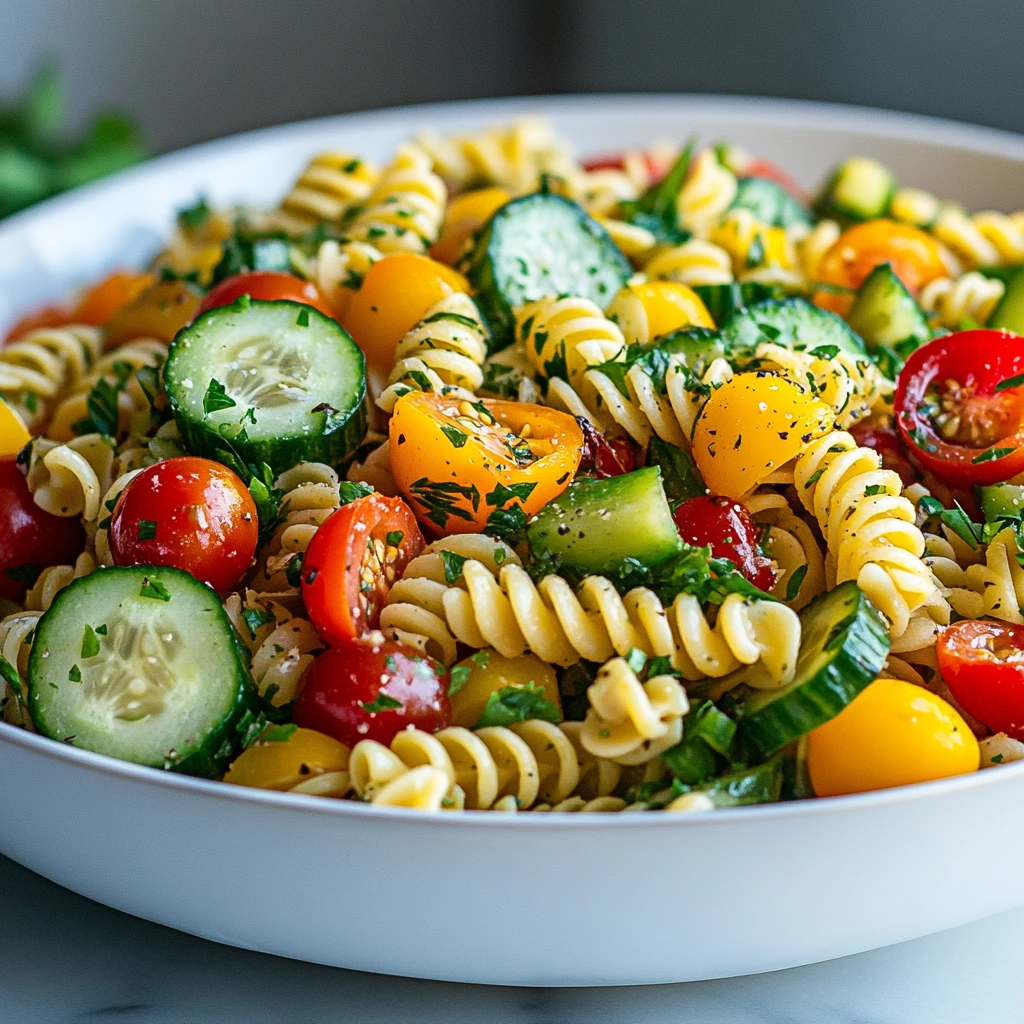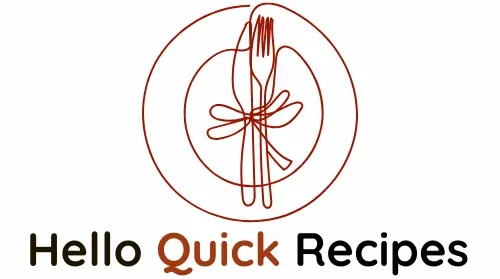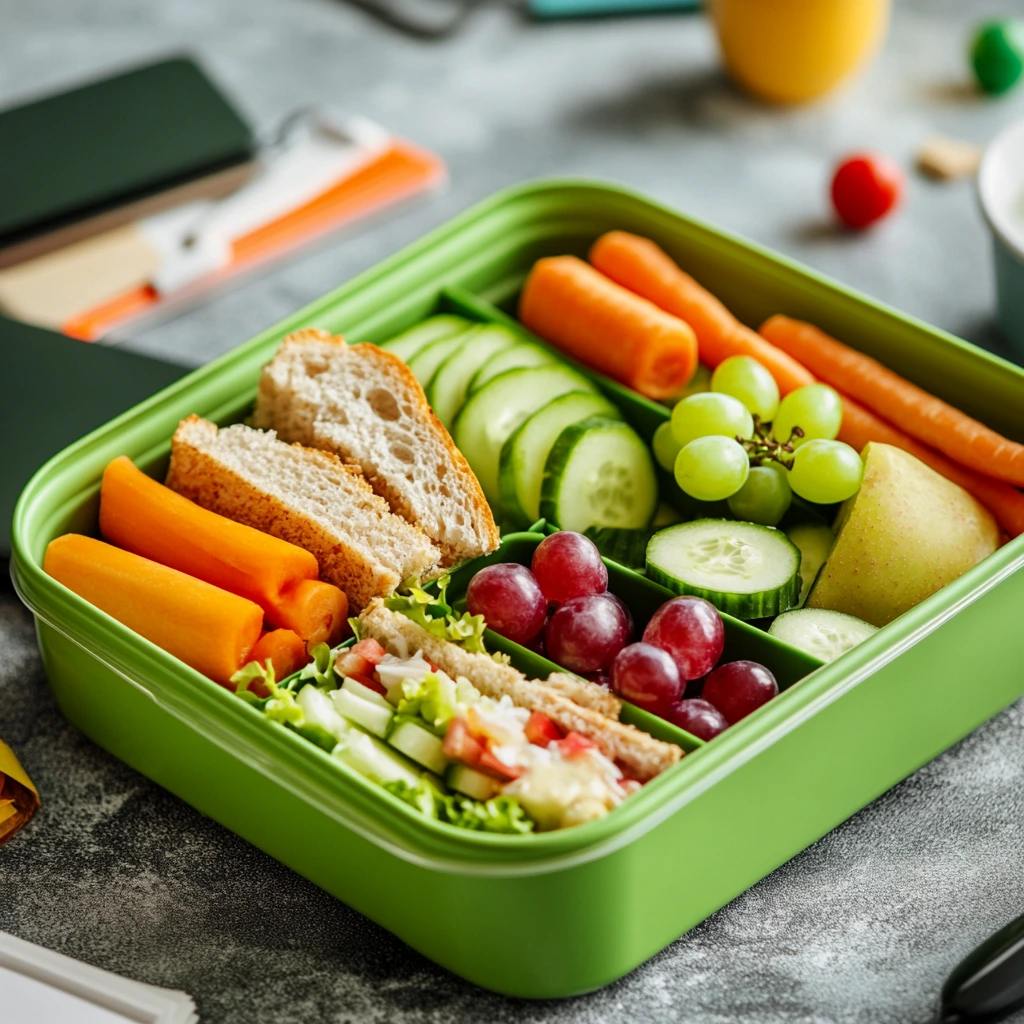Healthy cold lunch ideas for kids are a great way to support their growth, energy, and learning throughout the day. These lunches are easy to prepare and provide a variety of nutrients essential for their overall health. Packing cold lunches with balanced ingredients ensures that children get the right mix of proteins, carbohydrates, fruits, vegetables, and dairy, even when they’re away from home. In this guide, we’ll explore creative ideas and practical tips to help parents pack healthy and enjoyable cold lunches that their kids will love.
1. Importance of Nutritious Cold Lunch ideas for Kids
Focusing on healthy cold lunch ideas for kids is essential to support their growth, energy, and learning. A well-packed cold lunch ensures children receive balanced nutrition, including proteins for growth, carbohydrates for sustained energy, and fruits and vegetables for essential vitamins and fiber. These meals help keep kids active, focused, and ready to tackle their day.
Incorporating a variety of wholesome ingredients makes lunches both healthy and exciting. For example, combining whole grains, lean proteins, and colorful fruits and vegetables not only boosts nutrition but also keeps meals interesting. Healthy cold lunches are also practical for busy school days, as they can be prepared ahead of time and enjoyed without reheating. By prioritizing nutritious cold lunches, parents can ensure their children have the energy and nutrients they need to thrive.
1.1. Benefits of Balanced Nutrition in Cold Lunch ideas for Kids
Balanced meals are important for children’s physical and mental growth. When kids eat a mix of proteins, healthy fats, and vitamins, they get the nutrients they need to grow strong and stay healthy. For instance, proteins help build muscles, while healthy fats like those in avocados support brain growth.
Good nutrition also helps children focus and learn better. Foods rich in Omega-3s, like seeds and nuts, boost brain function. Iron-rich foods, such as spinach or beans, improve focus and reduce tiredness. With balanced cold lunches, kids can stay sharp, pay attention in class, and feel more energized throughout the day. Balanced meals are not just about growing bodies—they also support growing minds.
1.2. Advantages of Cold Lunches
Cold lunches work well for school because they are easy and quick to prepare. For example, parents can pack them the night before, saving time in the busy mornings. Also, since they don’t need to be heated, kids can eat them anywhere, like in the cafeteria or on a field trip.
Cold lunches also let parents get creative with food. For instance, they can include sandwiches, wraps, salads, or even fun bento boxes. Mixing and matching ingredients keeps meals fun and interesting. This way, kids are more likely to eat and enjoy their food while staying healthy and full of energy.
1.3. Overcoming Challenges in Packing Healthy Cold Lunches
Packing healthy cold lunches can be tricky, but there are simple ways to handle it. For example, picky eaters might refuse some foods, but letting them help pick lunch items can make them more excited to eat.
Parents may also feel short on time, but preparing foods like chopped veggies or cooked meats in advance can save time later. If it’s hard to think of ideas, keeping a list of easy and healthy lunch options can help. With some planning, packing cold lunches can be easy, quick, and even fun!
2. Building a Balanced Cold Lunchbox ideas for Kids
2.1. Essential Ingredients for Healthy Cold Lunch Ideas for Kids
A balanced lunchbox includes key food groups to meet a child’s nutritional needs. Proteins are vital for growth and repair. Options like boiled eggs, grilled chicken, tofu, or beans work well in cold lunches. Carbohydrates provide energy to stay active and focused. Whole-grain bread, rice, pasta, or crackers are great choices.
Fruits and vegetables are important for vitamins, minerals, and fiber. Including a mix, such as carrot sticks, cucumber slices, apple wedges, or berries, adds color and nutrients. Dairy or alternatives, like cheese, yogurt, or plant-based options, support bone health with calcium and vitamin D. By combining these components, parents can create a lunchbox that is both nutritious and delicious.
2.2. Portion Control for Kids’ Healthy Cold Lunchboxes
Portion sizes should match a child’s age and activity level. Younger children need smaller portions, such as half a sandwich or a small handful of nuts, while older kids may require larger servings. It’s helpful to use visual cues, like a child’s palm size for proteins or a fist for fruits and vegetables.
Dietary guidelines suggest filling half the lunchbox with fruits and vegetables, a quarter with whole grains, and a quarter with proteins. Including a small portion of dairy or alternatives completes the meal. Following these proportions ensures balanced nutrition and prevents overeating or food waste.
2.3. Accommodating Allergies in Healthy Cold Lunch Ideas for Kids
For children with allergies or dietary restrictions, parents can make simple adjustments. For example, replace peanut butter with sunflower seed butter or almond butter for nut allergies. Gluten-free bread or crackers can substitute for wheat products.
To ensure inclusivity, use safe, allergy-friendly ingredients like hummus, fresh fruits, or dairy-free cheese. Labeling foods clearly and discussing options with your child can help them feel included and safe during mealtime. This way, every child can enjoy a healthy and worry-free lunch.
3. Creative and Healthy Cold Lunch Ideas for Kids
3.1. Fun Sandwich Alternatives for Kids’ Cold Lunches
Switching up sandwiches with creative alternatives makes lunches more exciting while staying healthy.
Whole Grain Wraps with Lean Proteins
Wraps are a fun way to include whole grains and proteins in lunch. For example, a turkey and avocado wrap combines lean protein with healthy fats for energy and growth. Add some lettuce or spinach for extra crunch and nutrients.
Pita Pockets with Hummus and Veggies
Pita pockets are perfect for holding a mix of hummus, cucumber, and carrot sticks. This combination offers plant-based protein and fiber, keeping kids full and energized throughout the day.
Lettuce Wraps for Low-Carb Options
Lettuce wraps are a great low-carb option. Try filling crisp lettuce cups with chicken salad made from diced chicken, a touch of mayo, and celery. These are light, refreshing, and packed with flavor.
3.2. Healthy Salad Ideas for Cold Lunch for Kids
Salads don’t have to be boring. With the right mix of ingredients, they can be colorful, tasty, and kid-friendly.
Pasta Salad with Colorful Vegetables
A pasta salad made with whole grain pasta, cherry tomatoes, bell peppers, and olives is both nutritious and visually appealing. Add a light olive oil dressing to enhance the flavors and make it irresistible.

Quinoa Salad with Fruits and Nuts
Quinoa is a superfood packed with protein and nutrients. Mix it with diced apples, grapes, and a sprinkle of almond slivers for a sweet and satisfying lunch. A drizzle of honey or lemon juice adds a refreshing twist.
Bean Salad with Corn and Avocado
Combine black beans, sweet corn, and diced avocado for a delicious and hearty salad. Toss it with a lime dressing for a zesty flavor that kids will love. This salad is rich in fiber and healthy fats.
3.3. DIY Lunchables and Bento Box Ideas for Kids
Creating DIY lunchables or bento boxes is a fun way to make meals interactive and customizable for kids.
Cheese and Whole Grain Crackers with Fruit
Pair slices of cheddar cheese with whole grain crackers and apple slices. This combination provides protein, carbs, and natural sweetness, making it both balanced and appealing.
Mini Sandwich Skewers with Veggies
Make skewers using turkey slices, cheese cubes, cherry tomatoes, and lettuce. These bite-sized sandwich alternatives are easy to eat and visually fun for kids, encouraging them to try different flavors.
Yogurt Parfaits with Granola and Berries
Layer Greek yogurt with granola and mixed berries in a small container for a sweet and healthy treat. This parfait is rich in calcium, protein, and antioxidants, making it a perfect addition to the lunchbox.
By incorporating these creative ideas, parents can keep cold lunches exciting, nutritious, and something kids look forward to every day.
“Parents looking for more variety in their child’s lunchbox see Top 10 Kids’ Lunch Box Ideas Every Parent Must Try for fun and creative meal combinations.”
4. Practical Tips for Packing Healthy Cold Lunch Ideas for Kids
4.1. Ensuring Food Safety and Freshness
Keeping food safe and fresh is essential when packing cold lunches. Using insulated lunchboxes and ice packs helps maintain the right temperature, preventing food from spoiling before lunchtime. Place ice packs at the bottom or sides of the lunchbox to keep it cool throughout the day.
For perishable items like dairy, meats, or cut fruits, store them in airtight containers to lock in freshness and avoid leaks. Foods that spoil quickly, such as yogurt or sliced fruits, should be packed directly from the fridge. If possible, include a frozen juice box or water bottle—it acts as an additional ice pack and thaws in time for a refreshing drink. By following these tips, you can ensure your child’s lunch stays safe and delicious.

4.2. Time-Saving Meal Prep Strategies
Meal prep can save time and reduce stress during busy mornings. Batch cooking proteins, such as grilled chicken or boiled eggs, is a great way to have ready-to-use ingredients for the week. Pre-chop vegetables like carrots, cucumbers, or bell peppers and store them in airtight containers to save prep time.
Leftovers are another excellent option. For example, extra pasta from dinner can easily become a pasta salad for lunch the next day. You can also repurpose roasted vegetables or cooked quinoa into creative, nutritious meals. By planning ahead and using leftovers, you can quickly assemble balanced and healthy lunches without much effort.
4.3. Making Healthy Cold Lunches Fun for Kids
To make lunches more appealing, use colorful ingredients and fun shapes. For example, cut sandwiches into stars or hearts, or arrange fruits and vegetables into smiley faces. Brightly colored foods, such as cherry tomatoes, carrots, and berries, make meals look inviting.
Involving children in the lunch-making process is another way to keep them engaged. Let them choose their favorite fruits, proteins, or snacks from a list of healthy options. When kids help pack their lunches, they feel more ownership and are more likely to eat what’s inside. Adding a small note or sticker can also make lunchtime feel extra special.
“Ensuring your child looks forward to their lunch doesn’t have to be difficult. explore Quick and Easy Cold Lunch Ideas for Kids for meals that are both fun and healthy.”
5. (FAQs) About Healthy Cold Lunch Ideas for Kids
How can I keep my child’s lunch cold until lunchtime?
To keep lunches cold, use an insulated lunchbox and include one or two ice packs. Place the ice packs at the bottom or sides of the lunchbox for even cooling. Adding a frozen juice box or water bottle can also help keep the temperature low and will be ready to drink by lunchtime.
What are some protein options for vegetarian kids?
Vegetarian protein options include beans, lentils, tofu, and chickpeas. Dairy products like cheese, yogurt, and cottage cheese are also great sources of protein. For variety, try nut or seed butters, as well as boiled eggs for lacto-ovo vegetarians.
How can I prevent sandwiches from getting soggy?
To prevent sogginess, layer ingredients strategically. Spread moisture-resistant ingredients like hummus or cheese on the bread before adding wetter items like tomatoes or cucumbers. Additionally, pack ingredients like lettuce and sauces separately so your child can assemble the sandwich at lunchtime.
What are some alternatives to sandwiches for cold lunches?
Alternatives to sandwiches include wraps with lean proteins, salads with grains or beans, and DIY lunchables with crackers, cheese, and veggies. Bento boxes with a mix of proteins, fruits, and snacks are another fun and balanced option.
6. Conclusion
Healthy cold lunches are important for helping kids grow, stay energetic, and focus during the day. By packing balanced meals, parents can give their children the right mix of proteins, carbohydrates, fruits, vegetables, and dairy. These meals not only keep kids healthy but also teach them good eating habits for life.
Trying new recipes and letting kids help make their lunches can make meals more fun and interesting. Options like colorful wraps or bento boxes keep things exciting. When kids help choose or prepare their food, they feel proud and are more likely to eat and enjoy it.
In the end, balanced meals help kids stay strong, active, and ready to learn. With some planning and creativity, parents can make cold lunches easy, tasty, and something their children look forward to every day.

